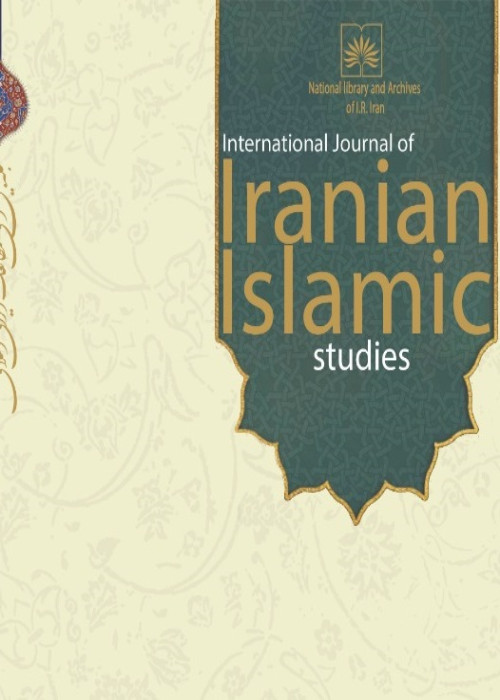Mantra therapy is an ancient ritual among Zoroastrians of Iran
In ancient Iran and the ancient Zoroastrian texts of Iran, medicine was divided into two parts: “Giti Pezeshk” and “Mino Pezeshk”. “Giti Pezeshk” restored the body, and “Mino Pezeshk” who worked to heal the souls of patients was the same as the modern treatment of psychiatrists. Doctors were restoring the body and psychiatrists were trying to cure the patients. Among the various treatments, Mantra therapy, i.e. word therapy, had a special place and because it was a non-invasive method, it was more superior to other treatments. Zoroastrians sought the root of many physical ailments in the anguish of the soul. Prophet Zarathustra considered himself a “Mantran” who was able to invite people to monotheism through eloquence. Many Zoroastrian religious texts refer to different types of diseases and methods of treatment for each one of them. A section of Yasht-ha is dedicated to the prayer of “Ierima Ishio” which is addressed to “Ieriman”, the god of healing. Dēnkart, Bun-dahišnīh, Sad-dar or Saddar, Hūspāram-nask, and Pahlavi narrations are other Zoroastrian religious texts that provide material related to the period of Sassanid medicine. One of the ancient Zoroastrian traditions, which in their religious texts are similar to “Mantra therapy”, is known as the “Sold/Fūrūxte Shodan” tradition and is similar to the modern inductive medicine. Utilizing the prayers and recitations contained in the ancient Holy Books of the Avesta to create peace of mind for sick children is one of the methods of “Mantra therapy”. Sick children suffering from mental illness and lack of emotional support from the family cause physical disorders. They were handed over to another family so that the child could heal the damage to her/his soul by changing her/his living conditions and obtaining different experiences. The care and attention of the parents and children of the new family led the suffering child to regain his normal health, as the prejudices and judgments of the past get practically or completely eliminated. In such a process, people, the environment, and even the child’s name is changed. In connection with other children and different family cultures, she/he was mentally and spiritually supported by his new parents and ultimately achieved self-confidence and peace of mind. The connection between the Zoroastrian priest/Mūbad and medical care in the process of “Mantra therapy” accelerates the child's recovery. Performing the following eight steps and accompanying the other children encouraged the child to try and fight the illness. The hope and motivation of life emphasized the metaphysical aspects and created a positive attitude in the child by reciting prayers entitled “Health/Tandorosty”, “Avesta to wear new clothes”, “Enchantment for healing” and healed his spiritual wounds. After that, the child was back to normal and a suitable atmosphere was created for his inner happiness and stronger desire to live a happy life. The first stage refers to an old lady named “Čemaroo”. She goes around the town to cure Evil Eye and cure the suffering child. She covers her face with a white cloth to get free eatables from the neighbors and bring it to feed the sick child. It is believed that if a sick child eats the collected food, she/he will be cured. In the second stage, a stranger is chosen as the second mother by the “old woman/Čemaroo”. In the next steps, the child goes to the new house and gets acquainted with the family members. Finding a new family, emotional support and attention, causes a change in the child’s mood and this causes a change in her physical and mental condition. Prayers are conducted for instilling good health for the child followed by a bath, dawning new clothes and burning the old clothes as a symbol of destroying the old pains and sufferings and turning it into happiness in the new life. Then the white cloth, which the Zoroastrian priest/Mūbad has consecrated by reciting the prayer, is dyed in green color. This symbolic process depicts the whiteness and purity combined with the greenness and freshness of green. White and green are two symbolic colors in Zoroastrian culture. These two colors help to heal the soul and ultimately restore the child's health. Then coins are glued to the dyed cloth with the intension of giving them away as alms to the poor promoting an attribution of generosity and charity to ward off calamity from the sick child. In the last stage, spreading the “Sofre Sabzi” on the votive table is first a complement to the dyed fabric. The Sofre includes white-shelled eggs and greens. After the prayer is recited, the appearance of a green dot on the egg shell is believed to be a symbol of the improvement in the child's health condition and his physical recovery. The white dots on the green cloth and the green dots on the egg shell symbolizes the child's joy and freshness. After complete recovery, the child himself decides either to return to his own home or stay in the house where he was healed.
- حق عضویت دریافتی صرف حمایت از نشریات عضو و نگهداری، تکمیل و توسعه مگیران میشود.
- پرداخت حق اشتراک و دانلود مقالات اجازه بازنشر آن در سایر رسانههای چاپی و دیجیتال را به کاربر نمیدهد.


